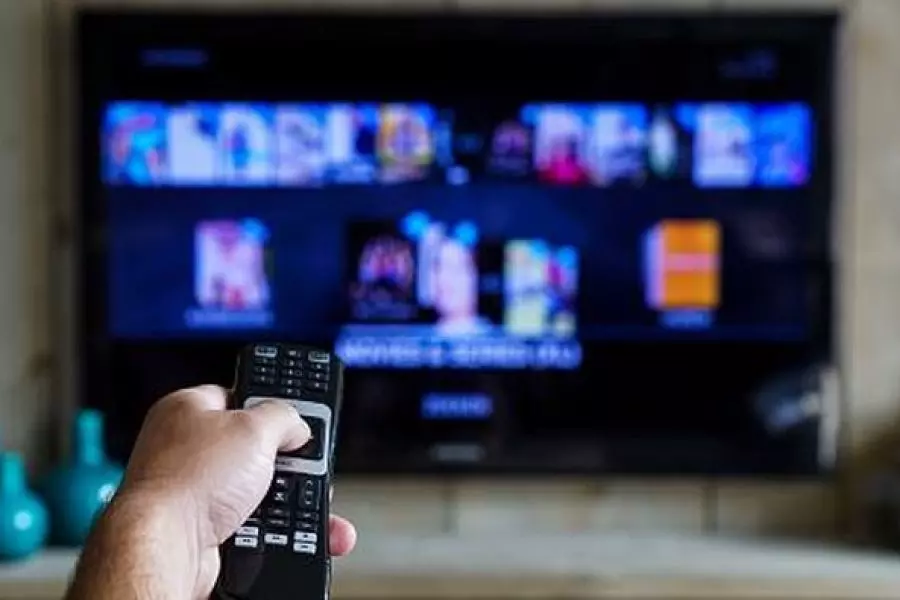News
Avoiding digital and broadband disputes

Tuesday 1st of November 2022
Tenancy Services says in the case of digital television, for example, if the landlord has it already installed, he/she must also repair and maintain the equipment. However, if their property is not set up for digital TV, they don’t have to install or upgrade equipment to receive it.
If a tenant decides they want to install digital TV, they have to get the landlord’s written...
Want to read the full article?
Click the button below to subscribe and will have unlimited access to full article and all other articles on the site.






![[The Wrap] Bye Bye Bayly](https://goodreturns.publit.io/file/c_fill,w_900,h_600/39f23ac1-f7c7-4854-b700-a150004ebbac.webp)


